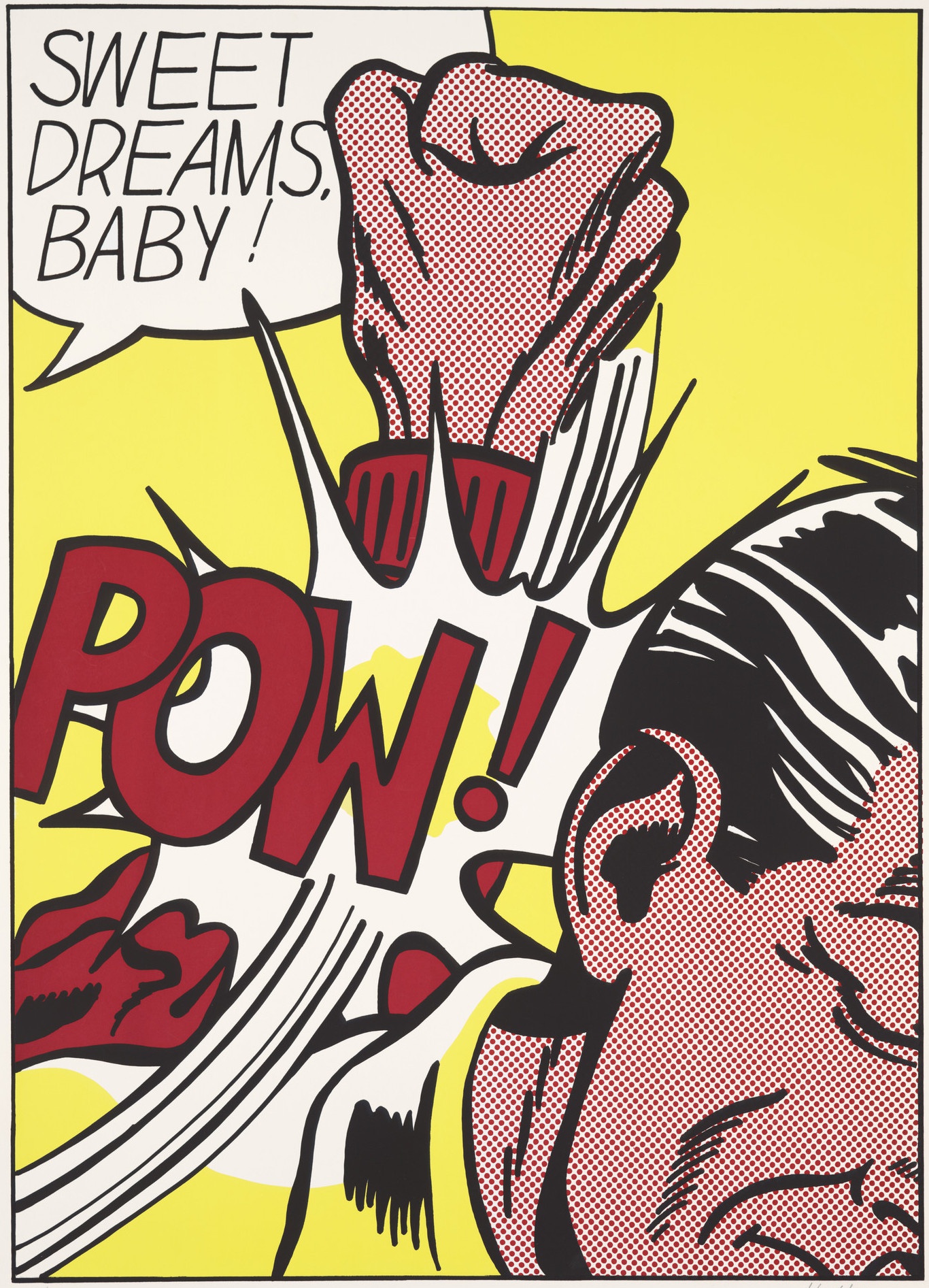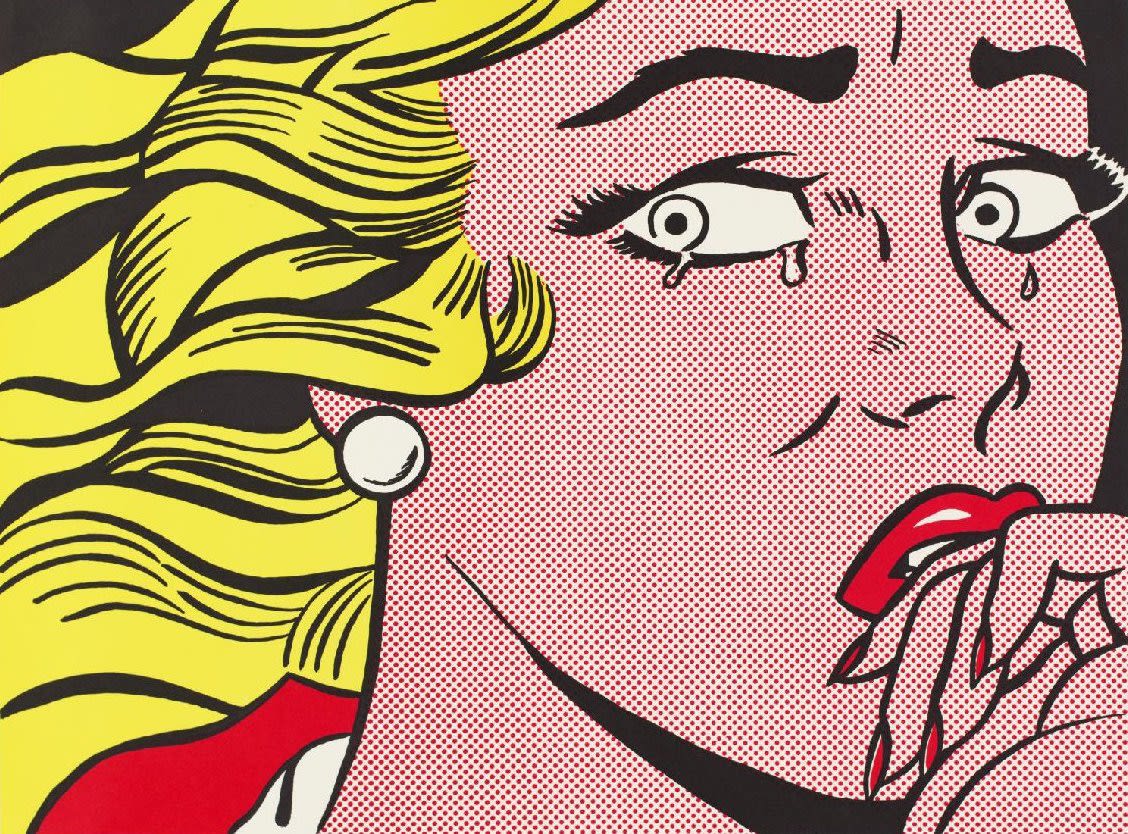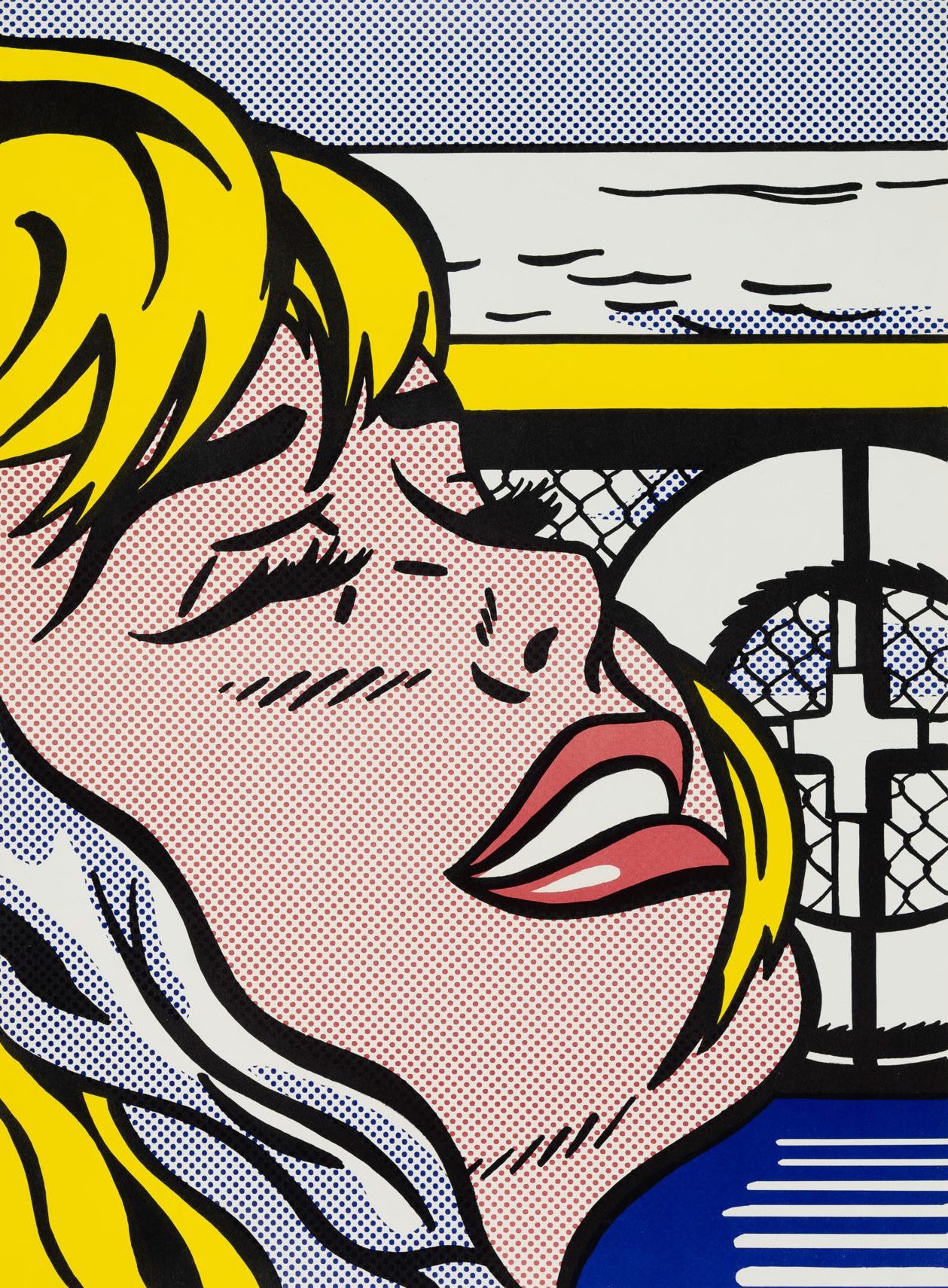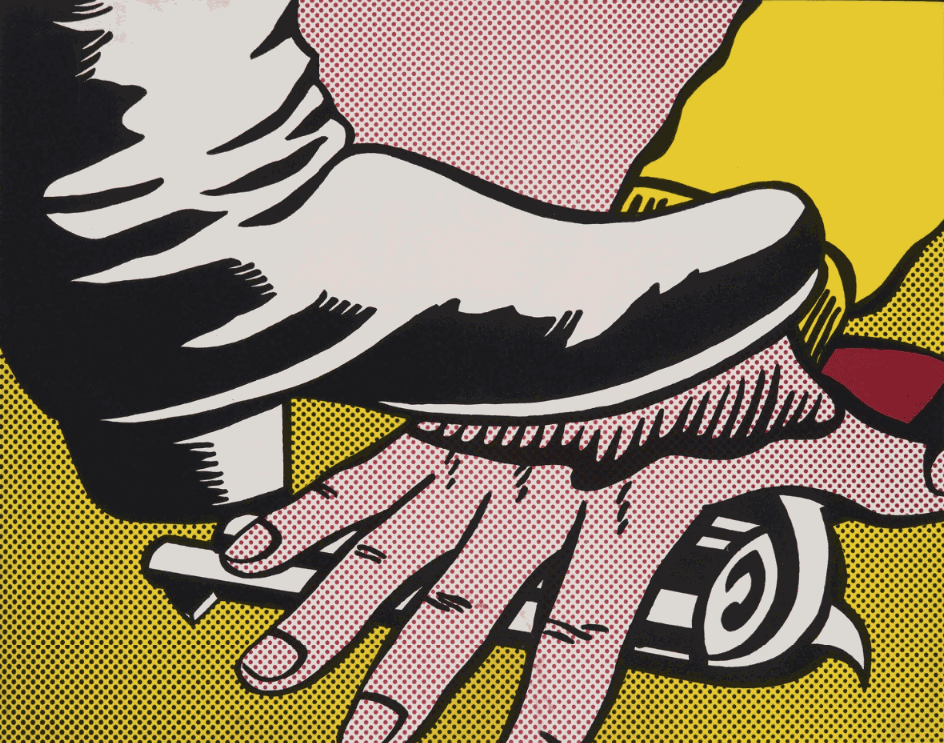EXPLORING ROY LICHTENSTEIN'S ICONIC PRINTS OF THE 1960S: A POP ART MASTERPIECE
ROY LICHTENSTEIN, AN INFLUENTIAL FIGURE IN THE POP ART MOVEMENT OF THE 1960S, IS RENOWNED FOR HIS BOLD AND VIBRANT PRINTS THAT BLUR THE LINES BETWEEN HIGH ART AND POPULAR CULTURE. HIS DISTINCTIVE STYLE, CHARACTERIZED BY BEN-DAY DOTS, BOLD COLORS, AND COMIC BOOK-INSPIRED IMAGERY, HAS LEFT AN INDELIBLE MARK ON THE ART WORLD.
A PIONEER OF THE POP ART MOVEMENT, LICHTENSTEIN REMAINS ONE OF THE MOST CELEBRATED ARTISTS OF THE 20TH CENTURY. HIS ICONIC PRINTS, CHARACTERIZED BY BOLD COLORS, BEN-DAY DOTS, AND COMIC BOOK-INSPIRED IMAGERY, HAVE CAPTIVATED ART ENTHUSIASTS AND COLLECTORS ALIKE FOR DECADES. IN THIS GUIDE, WE DELVE INTO THE WORLD OF COLLECTING ROY LICHTENSTEIN PRINTS, EXPLORING THE ARTIST'S LEGACY, THE APPEAL OF HIS WORKS, AND TIPS FOR BUILDING A LICHTENSTEIN COLLECTION THAT IS BOTH MEANINGFUL AND REWARDING. WHETHER YOU'RE A SEASONED COLLECTOR OR NEW TO THE WORLD OF ART ACQUISITION, JOIN US ON A JOURNEY THROUGH THE VIBRANT AND DYNAMIC REALM OF LICHTENSTEIN'S PRINTS.
LET'S DELVE INTO SOME OF LICHTENSTEIN'S MOST ICONIC PRINTS FROM THIS PIVOTAL DECADE.

1. Sweet Dreams Baby (1965)
In "Sweet Dreams Baby," Lichtenstein explores themes of romance and desire through the lens of comic book aesthetics. The image of a sultry woman enveloped in dreamy clouds captivates the viewer, while Lichtenstein's signature use of dots and bold lines adds a dynamic energy to the composition.

2. Crying Girl (1963)
"Crying Girl" is perhaps one of Lichtenstein's most famous works, depicting a teary-eyed woman in a state of emotional distress. The exaggerated tears and melodramatic expression are rendered with precision, highlighting Lichtenstein's ability to elevate mundane subject matter into art.

3. Shipboard Girl (1965)
"Shipboard Girl" transports viewers to a glamorous world of luxury liners and high society. The elegant figure of a woman against a backdrop of ocean waves exudes sophistication and allure, while Lichtenstein's use of bold colors and graphic lines adds a sense of dynamism to the scene.

4. Crak (1963)
In "Crak," Lichtenstein explores the visual language of advertising and consumer culture. The oversized, onomatopoeic word "Crak" dominates the composition, echoing the bold typography found in comic books and advertisements of the era.

5. Reverie (1965)
"Reverie" invites viewers into a dreamlike realm of fantasy and imagination. The serene figure of a woman lost in thought is juxtaposed against a vibrant background of swirling patterns, creating a sense of movement and depth.

6. Foot and Hand (1964)
"Foot and Hand" is a study in abstraction, as Lichtenstein deconstructs the human form into its basic geometric shapes. The bold outlines of the foot and hand are rendered with precision, while the use of primary colors adds a playful element to the composition.

7. Sunrise (1965)
"Sunrise" captures the beauty and tranquility of daybreak in Lichtenstein's distinctive style. The image of a rising sun against a backdrop of swirling clouds evokes a sense of wonder and awe, while the use of dots and lines adds texture and depth to the composition.

8. Temple (1964)
"Temple" is a striking example of Lichtenstein's exploration of architectural forms. The geometric shapes and sharp lines of the temple structure are rendered with precision, while the use of bold colors adds a sense of drama and vitality to the scene.
These iconic prints from the 1960s represent just a sampling of Roy Lichtenstein's vast body of work. Through his innovative use of imagery and technique, Lichtenstein transformed the landscape of contemporary art, leaving behind a legacy that continues to inspire and captivate audiences around the world.
April 23, 2024

